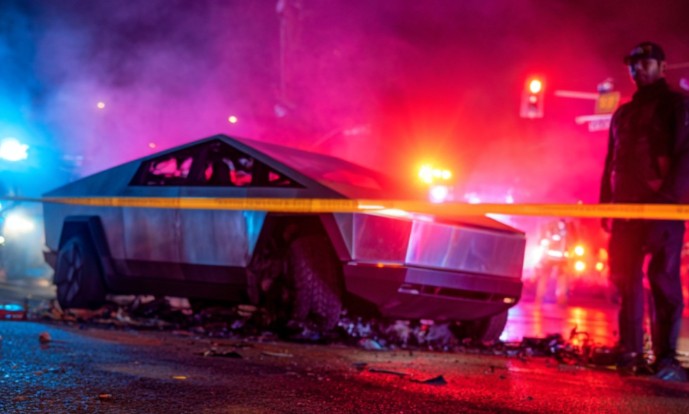
A tragic incident in Baytown, Texas, has reignited growing concerns over Tesla’s highly publicized Cybertruck. A local man lost his life after crashing the electric vehicle, becoming trapped inside when the truck lost power and the doors refused to open.
According to the family’s lawsuit, the man was unable to escape as flames engulfed the vehicle, all because of a design flaw: Tesla’s Cybertruck doors rely entirely on electric power to function, and there is no simple manual override system in place for emergency exits. The family is now suing Tesla for over $1 million, arguing the truck is “defectively designed” and failed to provide adequate warnings or training on how to escape in the event of electrical failure.
This isn’t an isolated case. The Cybertruck has already been involved in multiple accidents since its release, and each new incident raises additional red flags about the vehicle’s safety, design, and repairability.
While electric vehicles—including Tesla’s fleet—generally meet federal safety standards, experts and owners alike are voicing concern over what happens after a crash. Some Cybertruck owners are now going as far as installing DIY emergency escape kits, including glass breakers and manual release tools, just to feel safer on the road.
As the lawsuit moves forward, the case may set a precedent not just for Tesla, but for how the auto industry balances high-tech innovation with the basic human need for safety and survivability.




